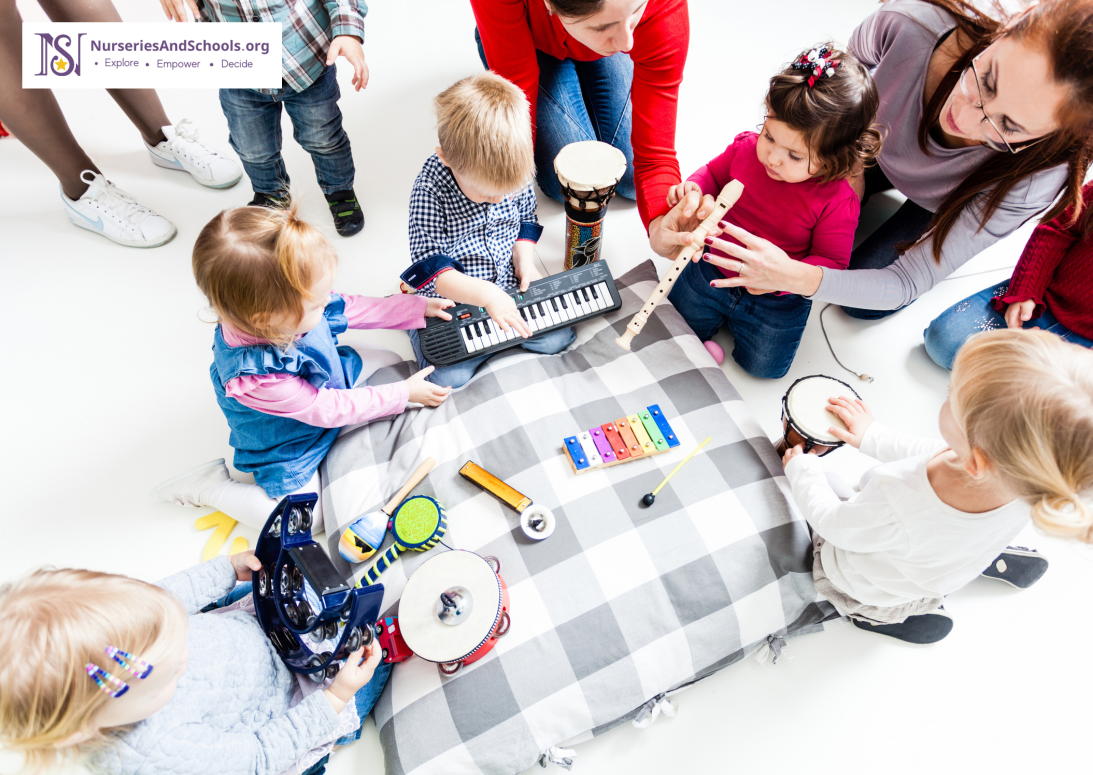
The Role of Music and Movement in Language Development
Language development is a cornerstone of early childhood growth, shaping how children communicate, think, and connect with the world around them. While reading and conversation are often highlighted, music and movement play an equally powerful role in nurturing these essential skills. Integrating musical activities and physical movement into daily routines not only makes learning fun but also accelerates cognitive, social, and linguistic development in young children.
How Music Supports Language Development
Research shows that musical experiences stimulate multiple areas of the brain, particularly those associated with language processing and comprehension. Singing nursery rhymes, clapping to rhythms, or listening to simple melodies helps children recognize patterns in sounds, which forms the foundation for speech and vocabulary acquisition.
For example, when children engage in rhyming songs or chant repetitive phrases, they learn to distinguish phonemes-the smallest units of sound in language. This improves phonological awareness, a critical skill for later reading and writing. In addition, songs often introduce new vocabulary in context, making it easier for children to remember and use words in their everyday conversations.
Movement and Its Connection to Communication
Movement and physical activity are more than just ways for children to burn energy-they are essential for developing fine and gross motor skills that support communication. Activities like dancing, mimicking gestures, or playing "follow the leader" encourage children to coordinate their bodies while listening, interpreting, and responding to cues. This integration of motor skills and auditory processing strengthens neural pathways involved in language development.
When children move to music, they also practice turn-taking, listening, and expressive gestures, which directly supports social communication. For instance, clapping along with a beat requires attention, timing, and memory-skills that are transferable to understanding and producing speech.
Combining Music and Movement in Early Childhood Settings
Incorporating music and movement activities into childcare or early education settings is highly effective. Simple practices like daily sing-alongs, musical storytime, or rhythm games can enhance both vocabulary and comprehension. Movement-based games that involve following instructions, such as "Simon Says," also improve listening skills while making language learning active and engaging.
Moreover, these activities support children with diverse learning needs. For example, children who are shy or hesitant to speak may find singing or moving to music less intimidating, allowing them to participate and express themselves confidently.
Practical Tips for Parents and Educators
-
Sing Daily: Incorporate songs into routines such as clean-up, mealtime, or transitions between activities.
-
Use Movement Games: Encourage dancing, jumping, or action songs that correspond with words to reinforce comprehension.
-
Rhythm and Clapping: Practice simple clapping patterns to teach syllable segmentation and speech rhythm.
-
Storytelling with Music: Combine stories with background music or sound effects to engage listening and prediction skills.
-
Encourage Participation: Let children create their own songs or movements, fostering creativity alongside language skills.
Conclusion
Music and movement are not just enjoyable activities-they are essential tools for enhancing language development in young children. By combining rhythm, melody, and physical activity, educators and parents can support vocabulary growth, phonological awareness, and social communication skills in a natural, engaging way. Creating environments rich in music and movement equips children with the foundational skills they need for confident speech, reading, and lifelong learning.


Submit your comment